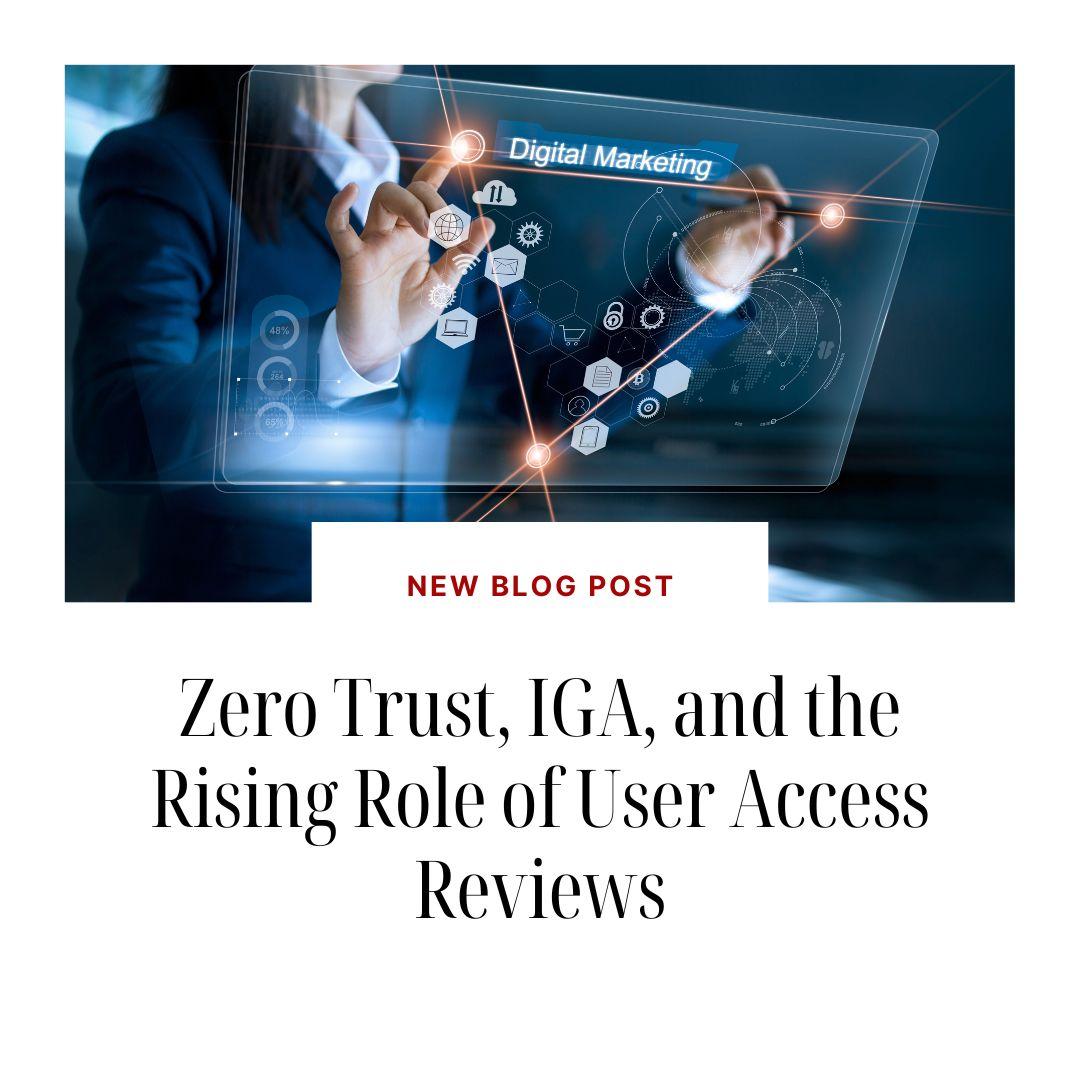Notifications

4 minutes, 46 seconds
-11 Views 0 Comments 0 Likes 0 Reviews

In today’s digital-first world, cybersecurity is no longer just an IT issue—it's a business priority. As organizations adopt remote work, cloud services, and hybrid infrastructure, the traditional perimeter-based security model is no longer effective. This shift has given rise to the Zero Trust security model and increased reliance on Identity Governance and Administration (IGA) to manage digital identities and control access.
At the heart of this modern approach lies a critical process: User Access Reviews (UARs). These reviews are becoming essential for maintaining security, ensuring compliance, and supporting a Zero Trust framework.
Zero Trust is a security concept based on the principle of “never trust, always verify.” Instead of assuming everything inside a corporate network is safe, Zero Trust demands continuous verification of every user and device, regardless of location. Access is granted based on strict identity verification, policy enforcement, and least privilege principles.
But to enforce Zero Trust effectively, organizations need clear visibility into who has access to what—and why.
Identity Governance and Administration (IGA) is the foundation that enables Zero Trust. IGA helps organizations manage digital identities, define user roles, and automate the provisioning and deprovisioning of access rights. More importantly, it ensures that access aligns with business policies and regulatory requirements.
By integrating IGA into your Zero Trust strategy, you can achieve:
Centralized identity lifecycle management
Policy-driven access control
Continuous risk assessment and remediation
And at the core of these capabilities is the process of User Access Reviews.
User Access Reviews are periodic evaluations to confirm that users have the appropriate access to systems and data. These reviews help identify unnecessary or outdated privileges, enforce the principle of least privilege, and reduce the attack surface.
Here’s why they’re more critical than ever:
Regulations like SOX, HIPAA, and GDPR require organizations to demonstrate control over user access. Conducting regular User Access Reviews as part of your IGA program is essential for audit readiness and regulatory compliance.
Excessive or outdated access rights can become a vulnerability. UARs help detect and revoke access that is no longer needed, minimizing the risk of misuse or breach from within.
Zero Trust mandates that users have only the access they need—nothing more. Regular User Access Reviews ensure this principle is consistently enforced.
Manual reviews are time-consuming, error-prone, and often incomplete. Modern IGA solutions automate much of the review process, making it easier to track access, assign review tasks, and generate audit reports.
Key benefits of automating UARs include:
Increased accuracy and efficiency
Reduced workload on IT and compliance teams
Timely identification and revocation of unnecessary access
With automated workflows and smart analytics, your organization can shift from reactive to proactive access governance.
As threats grow more sophisticated, organizations can’t afford to overlook identity security. By aligning User Access Reviews with Identity Governance and Administration and embedding them within a Zero Trust framework, businesses can protect sensitive data, meet compliance standards, and build a resilient security posture.
The rise of User Access Reviews is not just a trend—it’s a necessity. When combined with the right IGA tools, they become a powerful force in your Zero Trust journey

